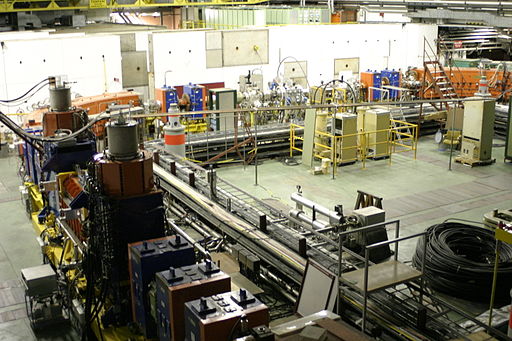EPJ D Highlight - Frozen-planet states in exotic helium atoms
- Details
- Published on 18 March 2020

In an elegant study published in EPJ D, physicists from Serbia and Russia have mapped the energy levels and estimated the stability of a ‘frozen planet’ configuration of anti-protonic helium.
Exotic subatomic particles that are like ‘normal’ particles apart from one, opposite, property - such as the positron, which is like an electron but positively rather than negatively charged - are collectively known as antimatter. Direct studies of collisions between particles of matter and those of antimatter using giant facilities such as those at CERN can advance our understanding of the nature of matter. A new study by Tasko Grozdanov from the University of Belgrade in Serbia and Evgeni Solov’ev from the Institute of Nuclear Research near Moscow in Russia has mapped the energy levels of an exotic form of helium produced in this way. This work, which is published in EPJ D, has been described by one commentator as ”... a new jewel in the treasure of scientific achievements in atomic physics theory”.
An atom of ordinary helium consists of a nucleus with two protons and two neutrons surrounded by two electrons. Experiments at CERN have involved colliding slow antiprotons with these helium atoms to form an exotic form of helium called antiprotonic helium, in which one of the electrons is replaced with an antiproton (a particle like a proton but with the negative charge of an electron). Thus, an atom of antiprotonic helium is uncharged, like ordinary helium, but includes one negatively-charged particle over 1800 times heavier than an electron.
Antiprotonic helium atoms can only survive in configurations in which the antiproton cannot ‘fall’ into the nucleus and annihilate. Until now, the only widely studied configuration involves antiproton making circular orbits around the nucleus, shielded by the remaining electron. Grozdanov and Solov’ev describe a different configuration, named a ‘frozen planet’ state, in which the electron rapidly circulates round the nucleus, generating a potential well that traps the antiproton. The period of time in which the antiproton can remain trapped in this well depends on its energy and the distance from the nucleus. The researchers plan to extend their studies to include similar configurations that rotate, which they suggest may be more amenable to experimental research.
T.P. Grozdanov and E.A. Solov'ev (2020) Hidden-crossing explanation of frozen-planet resonances in antiprotonic helium; their positions and widths, European Physical Journal D 74:50, DOI: 10.1140/epjd/e2020-100565-0





